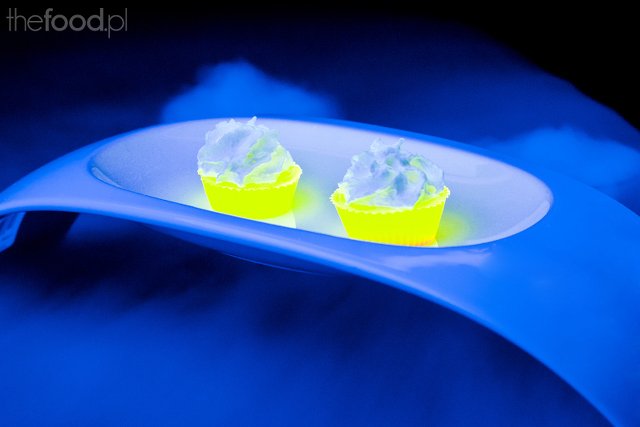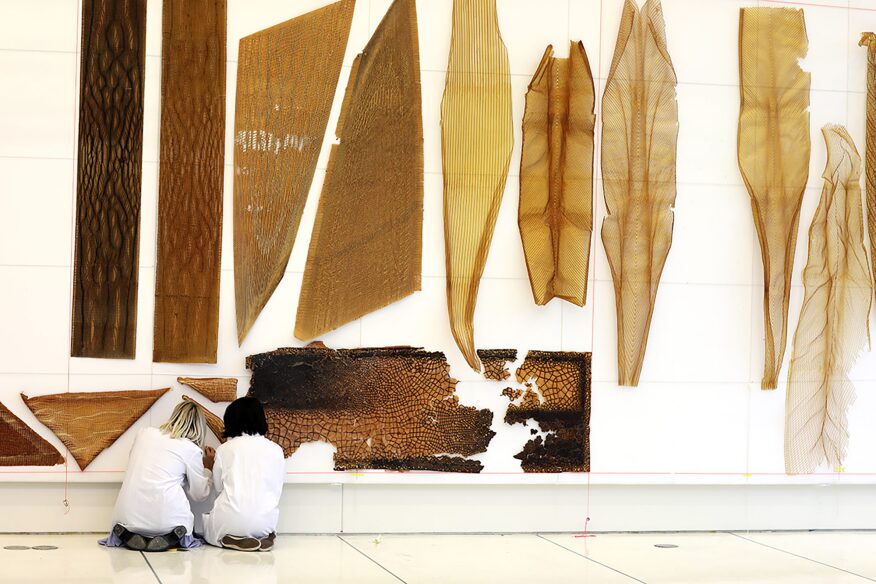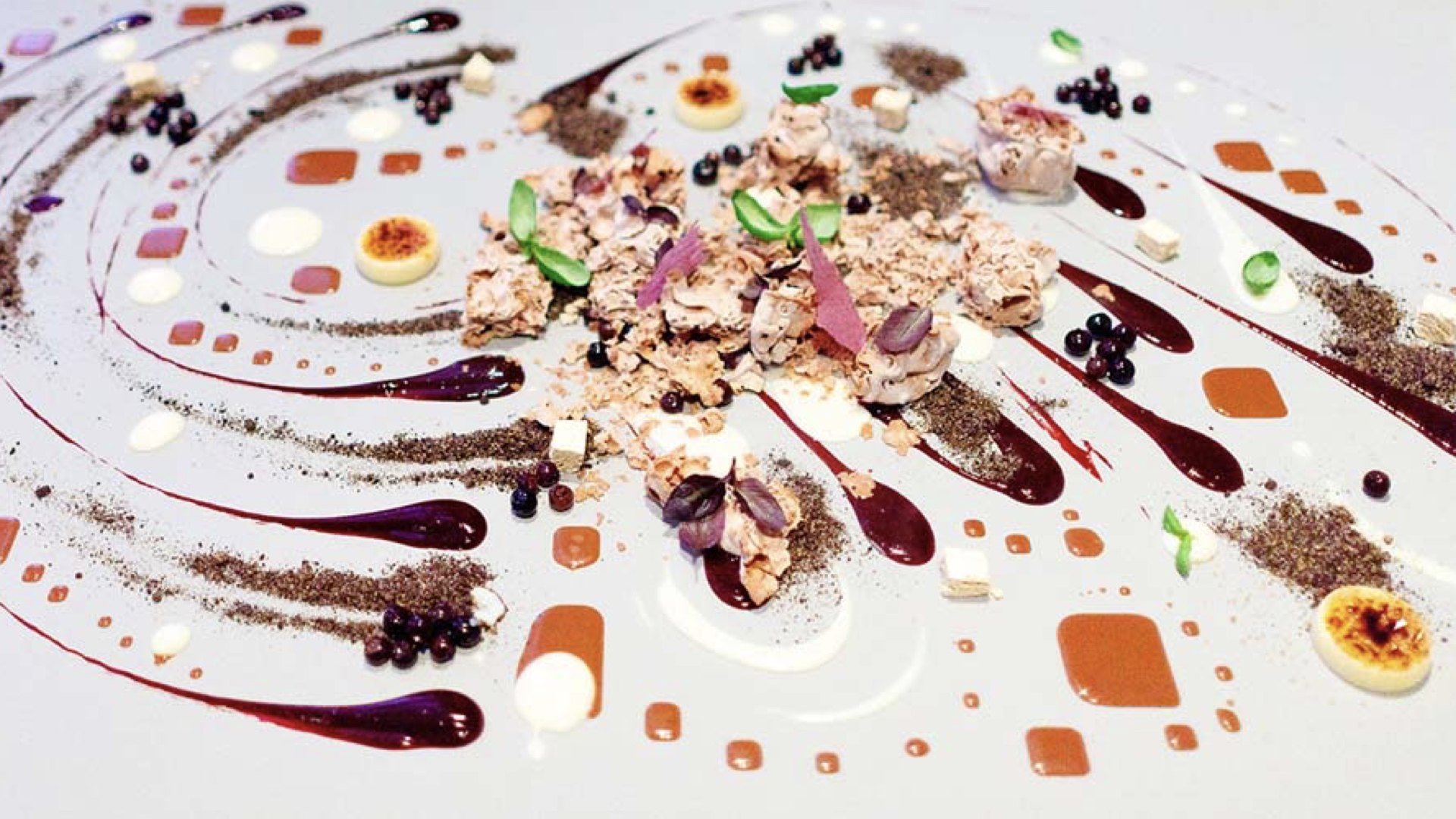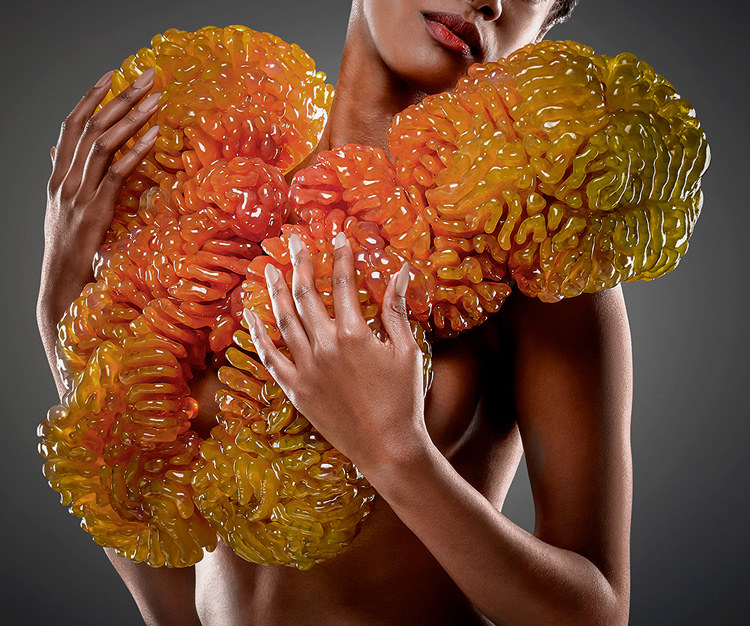art717-Inspirations – Joan Mirò
Joan Miró and Ferrà (1893-1983) son of a goldsmith and jeweler. His parents saw him as a future serious businessman. Miró even trained in this field, studying art. Initially, Miró created in various fashionable styles, incl. fauvists and cubists. In 1920, he traveled to Paris several times, and a year later he settled there permanently. He met Pablo Picasso, Vasily Kandinsky, and many other famous artists. In 1924 he joined André Breton's surrealists, but - although he created under their influence - he remained on the margins of this trend, retaining the position of an outsider. Influenced by surreal poets and writers,...






